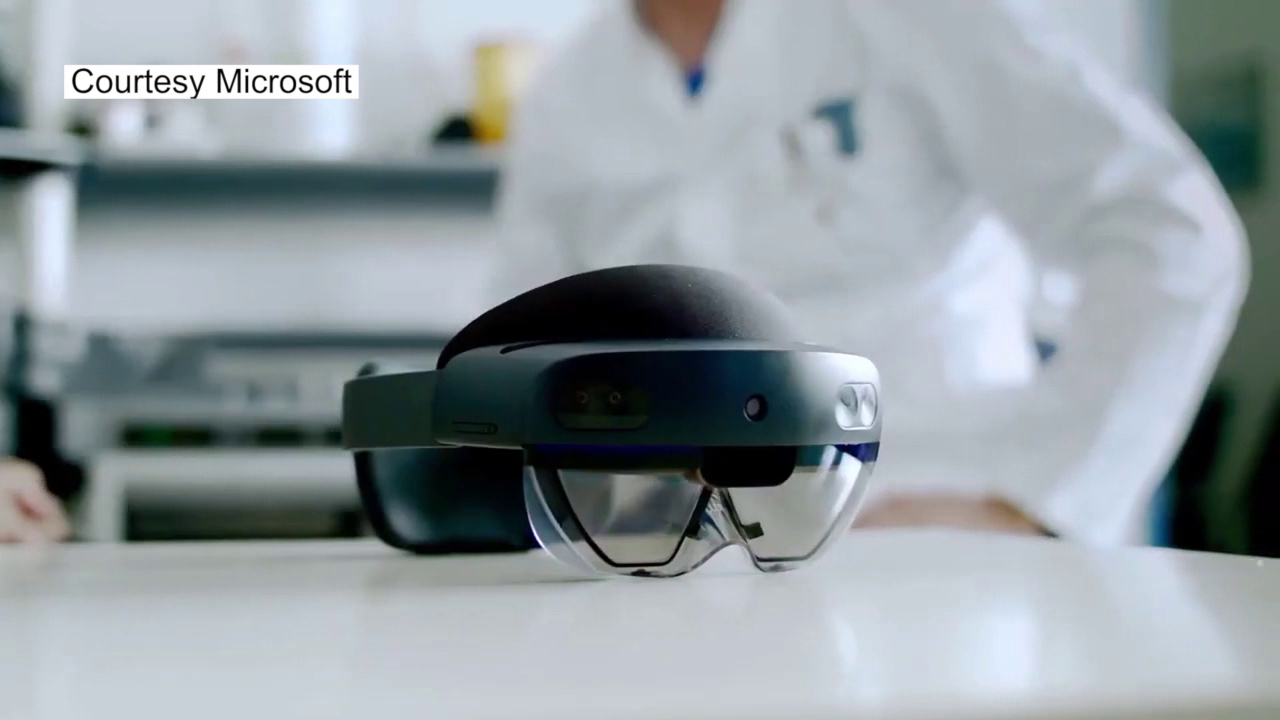KALAMAZOO, Mich. — Pediatric medical emergencies make up just one-to-three percent of cases for paramedics.
However, according to research from the Western Michigan University Homer Stryker M.D. School of Medicine, there is a 31 percent error rate across all drugs administered to kids by EMS.
“My research focus throughout my entire career has been on pediatric medication errors that occur when children are cared for by paramedics,” Dr. John Hoyle, professor of emergency medicine, pediatrics and adolescent medicine at Western Michigan University Homer Stryker M.D. School of Medicine, told FOX 17.
“If you talk to any paramedic about what their most feared call is, it’s probably something to do with a child just because of that lack of experience.”
He says that is because pediatric emergencies are rare, they are hard to train for.
“Critically ill pediatric patients are few and far between. Trying to replicate that, even with training, is very difficult,” Dr. Hoyle added. “We’re going to take our simulation trailer and we’ll run crews through three different simulated cases.”
“This is a Microsoft HoloLens 2. The device basically just goes on a person’s head like this. It’s got cameras on the outside of it and automatically launches an application and the cameras on the outside have the ability to read the environment,” Dr. Bryan Harmer, professor of emergency medical services at Lansing Community College, explained.
“This sounds a little science fiction but think of the HoloLens almost like an Ironman helmet.”

Dr. Harmer, Dr. Hoyle and their research team plan to develop an app with the HoloLens over the next three years.
The app would provide a checklist of steps to aid paramedics during moments of crisis.
“We can use the functionality of the HoloLens and the cameras to actually look at the drug and confirm that, yes, this is the correct drug for the condition you’ve indicated and hopefully, even use it to confirm the dose that’s in the syringe, which would be a major game changer,” Dr. Hoyle said.
“One of the things that makes pediatric dosing so difficult is that, unlike with adults, where there are standard doses, for children, it’s all based on weight. So you have to do math or you have to have some kind of calculation every single time that you’re giving a drug to a child and doing that when you’re under the most stress that you’ve ever been is exceptionally difficult and makes you more error-prone.”
The United States Department of Health and Human Services gave this team a $1.37 million grant to conduct their research.
They hope to have the app ready for distribution by 2027.





